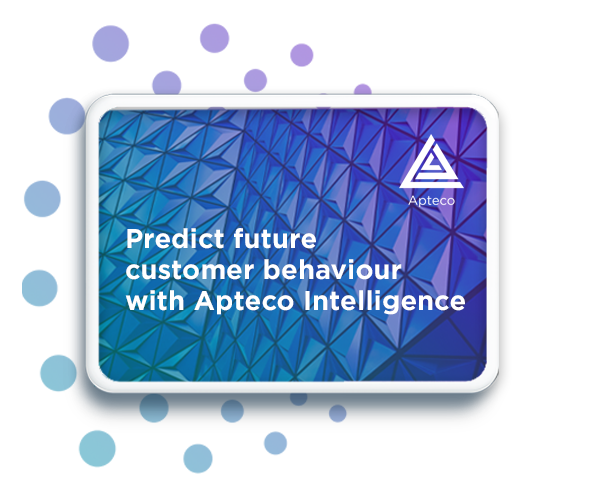Predict future customer behaviour with Apteco Intelligence (AI)
Posted: 22 Feb 2021
Uncover patterns of behaviour in your data to help you make informed marketing decisions
First released in the Q1 2020 software release, Apteco’s behavioural modelling functionality within the Apteco FastStats product has been designed to help analysts uncover patterns of behaviour in their data, to predict future customer behaviour and to make informed marketing decisions that maximise marketing results.
This intelligent behavioural prediction tool operates with the FastStats profiling and Decision Tree tools, which are available as part of the Predictor feature bundle. It has evolved over the course of the last year to become a powerful addition to the comprehensive FastStats modelling environment offered by Apteco.
Users can now build and evaluate models based on historic behaviour up to a point in time, such as when a customer received a communication and responded. The model can be applied to current behaviour to score and identity other customers with similar patterns of behaviour. These type of behavioural analysis techniques can be used to drive more informed marketing campaigns that target customers most likely to respond.
Common characteristics or trends in lapsing customer behaviour can be identified in the months prior to when each individual lapsed. Behavioural features can be identified and used to recognise customers displaying similar patterns, enabling improvement measures to be proactively put in place at an earlier stage to increase retention levels.
The evolution of behavioural modelling in FastStats
Apteco is committed to constantly improving and evolving its software to meet the changing needs of the marketing industry. Since its release in Q1 2020 the behavioural modelling functionality has been developed to support the use of sample data grids, the creation of combinations (groups of items to classify transactions which can then be used as filters in other behavioural features) and the creation of recency options as an alternative to count and value aggregations. An event-based point in time feature has also been added, which analyses behaviour up to a point-in-time determined by an event, such as a customer's first purchase.
In Apteco’s latest release (Q1 2021), the UI has been enhanced so that it is now easier to switch between the different model strategies and to launch a Decision Tree directly from the modelling environment to analyse behavioural dimensions. It is also possible to create time-related behavioural features even when a table itself has no date variable. Typically, this might be a table such as an order line or product to examine products in a basket.
Watch the webinar
James Alty, Apteco MD, introduces this powerful functionality, aiming to simplify the process with a practical step-by-step approach. Watch Predict future customer behaviour with Apteco Intelligence to see how quickly and efficiently you can achieve results.


